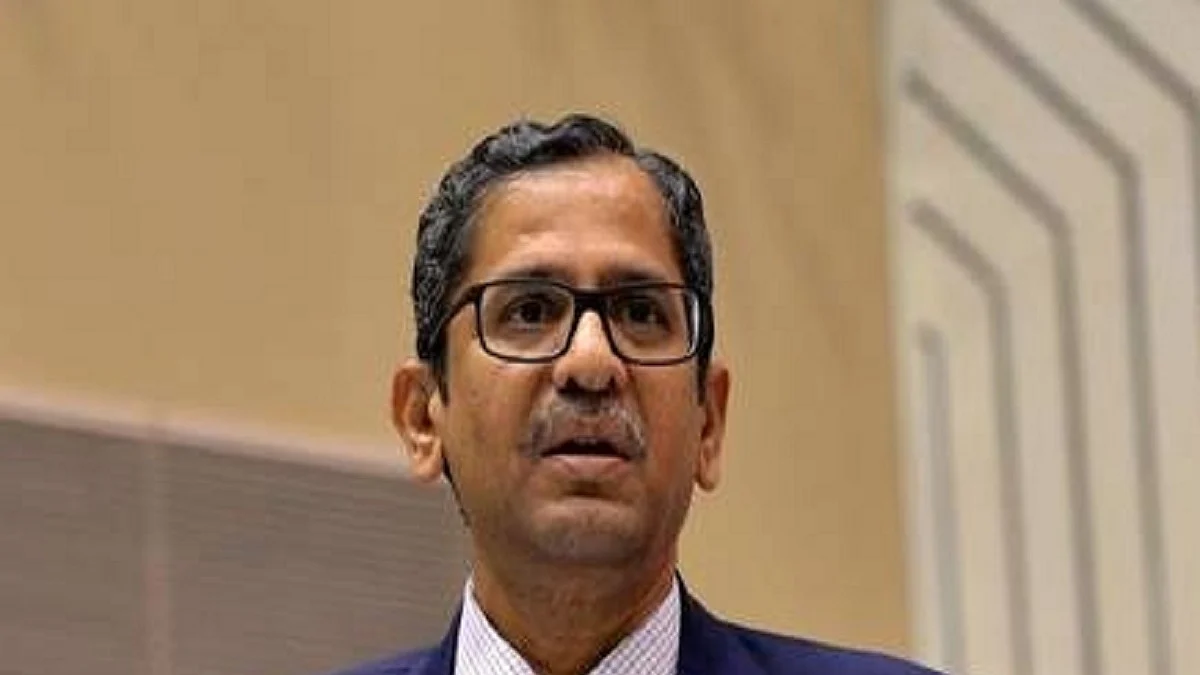CJI N V Ramana’s emphasis on ‘Indianisation’ of justice system would make litigation more people-friendly
CJI has also flagged procedural barriers as being obstructions in access to justice, and called for simplification of procedures and a greater involvement of alternative dispute resolution methods

As the Constituent Assembly debates were drawing to a close, on November 17, 1949, Kengal Hanumanthaiah, who would later become the first Chief Minister of united Mysore State (now Karnataka) remarked: “We wanted the music of Veena or Sitar, but here we have the music of an English band.”
This memorable quote from the deliberations of our founding fathers was among the earliest parts of a persistent discourse in India that our polity, administrative and judicial systems are “not Indian enough”.
This charge has been levelled by persons from across the political and ideological spectrum and has many facets to it. The bureaucracy, which has its origins in the colonial Indian Civil Services, is alleged to be more suited for an extractive imperial power than for a self-governing welfare state.
Also Read: CJI Ramana bats for 50% women in judiciary
The most strident complaints of colonial hangover, though, are reserved for our legal system, which is perhaps more strikingly ‘un-Indian’ than any other institution. The attire of its office bearers and service providers, the language they speak in, and many of the laws they interpret and enforce, are all overtly drawn from our erstwhile colonial masters.
The Chief Justice of India (CJI), on two separate occasions in the last week, spoke in public about the need to ‘Indianise’ the justice delivery system. His comments are worth examining in the context of the long running ‘Indianisation’ debate.
The meaning that the CJI attaches to this concept of ‘Indianisation’ of the justice delivery system would serve as guidance on the changes that we may expect him to bring about in the remainder of his tenure at the pinnacle of the judiciary.
Other proponents of “Indianising” administrative or legal systems in India often tend towards drawing from customary, traditional or historical models and thought systems that had governed the country for many years before the colonial rule in India, and some that continued to hold sway even during the British Raj. We may remember that our founding fathers categorically rejected many of these systems as they were tainted by inequities which do not deserve to find any place in a modern democracy.
English, which is spoken as a first, second or third language by only around 6-10 per cent of all Indians, has a near monopoly on legal proceedings at the level of the High Courts and the Supreme Court.
While many subordinate courts do transact business in the Indian language of the area they are situated in, the law they apply is laid down in English and their decisions are subject to appeals before an Anglophone court. This excludes a large proportion of Indians from an accurate and direct understanding of the law of the land.
The Supreme Court’s project, which commenced in November 2019, of providing authoritative translations of judgments in 9 regional languages, of the state of origin of the case, is a commendable one. It had lost steam during the COVID-19 induced disruption of life and is slowly limping back.
The translation of judgments must not only be brought back in full force and catch up on lost time, but must also be expanded such that important judgments are translated to every language of the Eighth Schedule of the Indian Constitution.
Article 348(2) of the Constitution provides for the Governor of every state to authorise the use of the official language of the state in the High Court of the respective state. The stated position of the Chief Justice recognising the need for importance to be accorded to the Indian languages in the courts may reinvigorate this demand.
We may not presume from the above that English speakers, including those who speak it with great fluency, would be easily able to understand the specialised jargon which colours our legislations, judgments and government notifications. The length and complexity of documents which lay down the law and the inscrutability of legal proceedings is a problem that has been acknowledged by the CJI, ever so mildly.
The CJI has also flagged procedural barriers as being obstructions in access to justice. Solutions offered by him, such as simplification of procedures and a greater involvement of alternative dispute resolution methods, should be interpreted in the context of his recognition of the litigant as the focal point of the legal system. The call is not for a reversion to the rough and ready justice of the traditional Panchayats, but for improving the systems established by law to make them more litigant friendly.
The project of ‘Indianisation’ is not so much about changing the present system into one drawn from what the historians and anthropologists may recognize as Indian tradition or culture, but simply about making a broader base of Indians a part of the system.
(IPA Service)
Views are personal
Courtesy: The Leaflet
Follow us on: Facebook, Twitter, Google News, Instagram
Join our official telegram channel (@nationalherald) and stay updated with the latest headlines
